
All categories
Featured selections
Trade Assurance
Buyer Central
Help Center
Get the app
Become a supplier

(924 products available)














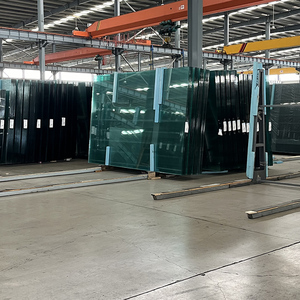

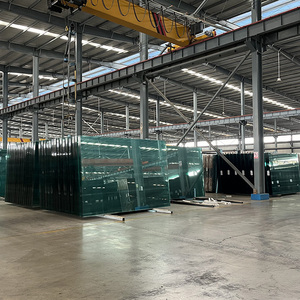


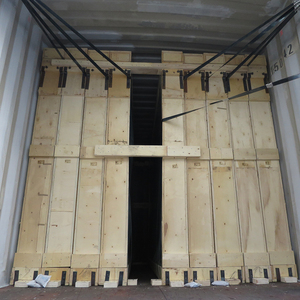

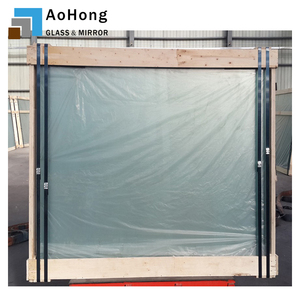







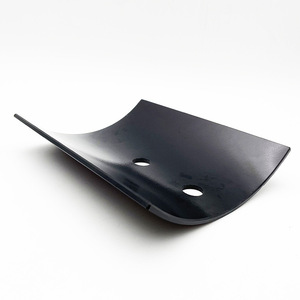







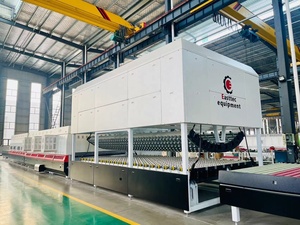


The realm of construction and building machinery is vast, with numerous specialized equipment designed to enhance efficiency and precision in building projects. Among these, float glass bending oven play a crucial role in the processing and fabrication of glass materials, which are essential components in modern architecture and design. This machinery is engineered to handle various tasks, from cutting and shaping to polishing and tempering glass, ensuring that the final product meets the highest standards of quality and safety. float glass bending oven are integral to the construction industry, facilitating the creation of complex glass structures and designs that are both functional and aesthetically pleasing.
The diversity of float glass bending oven encompasses several types, each tailored to specific glass processing needs. These include glass cutting machines, glass tempering machines, and glass polishing machines. Glass cutting machines utilize advanced laser and waterjet technologies to achieve precise cuts, accommodating various shapes and sizes. Glass tempering machines employ heat treatment processes to enhance the strength and durability of glass, making it suitable for applications where safety is paramount. Glass polishing machines refine the surface of glass, ensuring clarity and smoothness for both functional and decorative purposes. Each type of float glass bending oven serves a distinct purpose, contributing to the overall efficiency and quality of glass production.
float glass bending oven are equipped with an array of functions and features designed to optimize glass processing tasks. These machines offer precision control systems that allow operators to adjust settings according to the specific requirements of each project. Features such as automated feeding systems, digital interfaces, and integrated safety mechanisms enhance the usability and performance of the machinery. Automated feeding systems ensure a consistent flow of materials, reducing downtime and increasing productivity. Digital interfaces provide real-time monitoring and adjustments, enabling operators to maintain optimal processing conditions. Integrated safety mechanisms protect both the operators and the machinery, ensuring a safe working environment. The advanced functionalities of float glass bending oven are pivotal in achieving high-quality glass products with minimal waste and maximum efficiency.
The construction of float glass bending oven involves the use of robust materials and components to ensure durability and reliability in demanding industrial environments. High-grade stainless steel and aluminum are commonly used for the frames and structural elements, providing resistance to corrosion and wear. Precision-engineered components such as bearings, gears, and motors are selected for their performance and longevity, enabling the machinery to operate smoothly and efficiently. Additionally, specialized coatings and treatments are applied to enhance the lifespan of the machinery and reduce maintenance requirements. The choice of materials impacts the overall performance and sustainability of float glass bending oven , allowing them to withstand the rigors of continuous operation while delivering consistent results.
Effective use of float glass bending oven requires a comprehensive understanding of their capabilities and operational procedures. Operators should be trained to select the appropriate machine settings based on the type and thickness of glass being processed. Regular maintenance and inspections are crucial to ensure optimal performance and prevent unexpected breakdowns. Implementing a routine schedule for cleaning and lubricating moving parts can significantly extend the machinery's lifespan. Additionally, leveraging the digital interfaces and automated systems can enhance precision and reduce human error during processing tasks. By adhering to best practices and safety protocols, users can maximize the efficiency and productivity of float glass bending oven , ensuring high-quality outcomes in glass processing projects.
Choosing the right float glass bending oven involves a thorough evaluation of various factors that align with specific operational needs. One of the primary considerations is the type of glass being processed, as different machines are optimized for specific glass types, such as laminated, tempered, or decorative glass. Understanding the production volume and speed requirements is crucial, as some float glass bending oven are designed for high-output operations, while others cater to smaller, bespoke projects. Additionally, assessing the available space and layout of the facility can influence the selection, ensuring that the machinery fits seamlessly into existing workflows.
Another vital aspect is the technological features integrated into the float glass bending oven . Advanced machinery often includes automated systems, precision cutting tools, and digital interfaces that enhance operational efficiency and accuracy. The level of automation required should be matched with the expertise of the workforce, as highly automated systems may require specialized training. Furthermore, considering the energy consumption and sustainability of the machinery can contribute to reducing operational costs and environmental impact. Selecting float glass bending oven that incorporate energy-efficient technologies and sustainable materials can align with broader sustainability goals.
When evaluating float glass bending oven , it's important to consider features such as precision control systems, automated feeding mechanisms, and digital monitoring interfaces. These features contribute to enhanced accuracy, reduced downtime, and improved safety during operations. Additionally, the adaptability of the machinery to different glass types and thicknesses can be a decisive factor, ensuring versatility in production capabilities.
Automation in float glass bending oven significantly impacts efficiency and productivity. Automated systems reduce the need for manual intervention, allowing for consistent and precise processing. However, it is essential to ensure that the workforce is adequately trained to manage and maintain automated machinery, as this can prevent operational disruptions and optimize performance. Automation also facilitates real-time adjustments and monitoring, enhancing the overall quality of glass products.
Regular maintenance of float glass bending oven is crucial to ensure optimal performance and longevity. This includes routine inspections, cleaning, and lubrication of moving parts. Implementing a systematic maintenance schedule can prevent unexpected breakdowns and extend the machinery's lifespan. Additionally, staying updated with software upgrades and technology advancements can enhance the operational capabilities of the machinery.
Yes, float glass bending oven can often be customized to cater to specific production requirements. Customizations may include adjustments to the machine's size, cutting capabilities, or integration of additional features such as specialized coatings. Collaborating with manufacturers to tailor machinery specifications can optimize its functionality and align it with unique business objectives.
Common challenges with float glass bending oven include managing complex settings for different glass types and ensuring consistent quality output. Additionally, maintaining machinery efficiency while minimizing waste can be challenging, requiring careful calibration and monitoring. Addressing these challenges involves continuous training for operators and investing in advanced technologies that simplify operations and enhance precision.